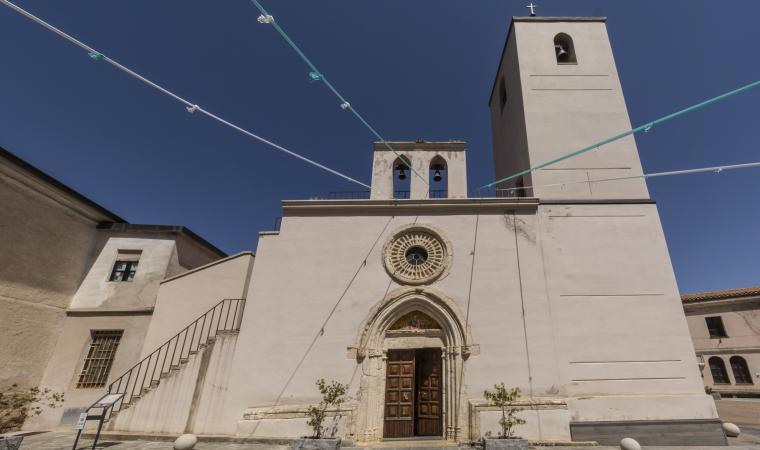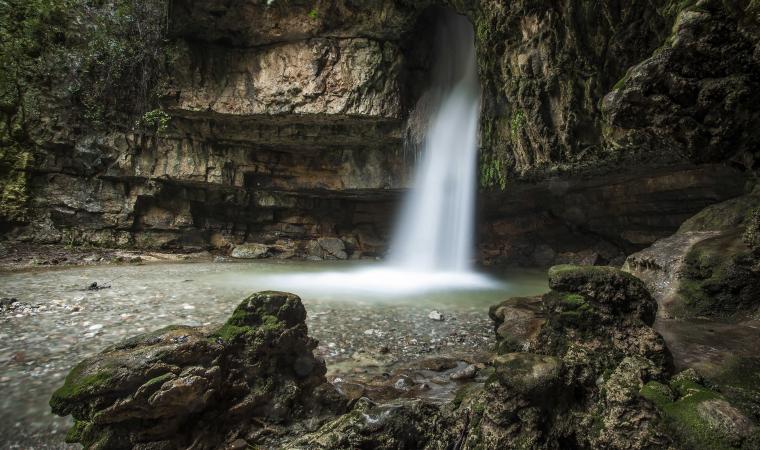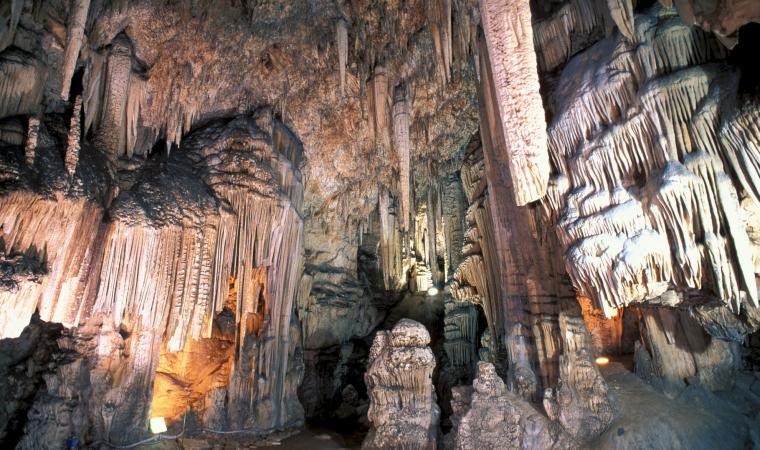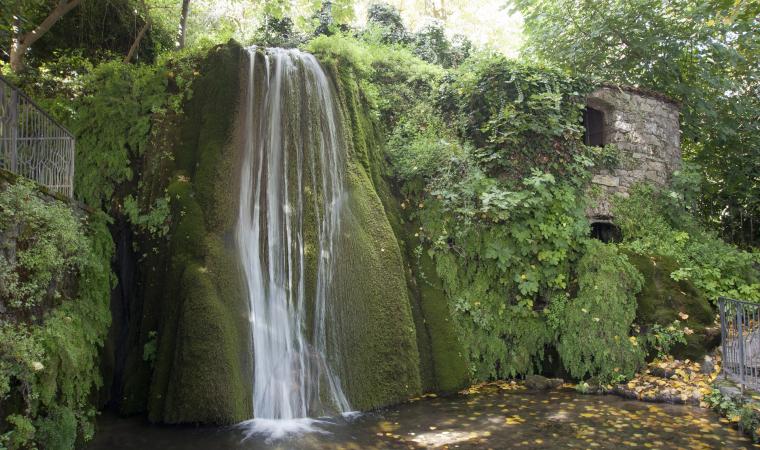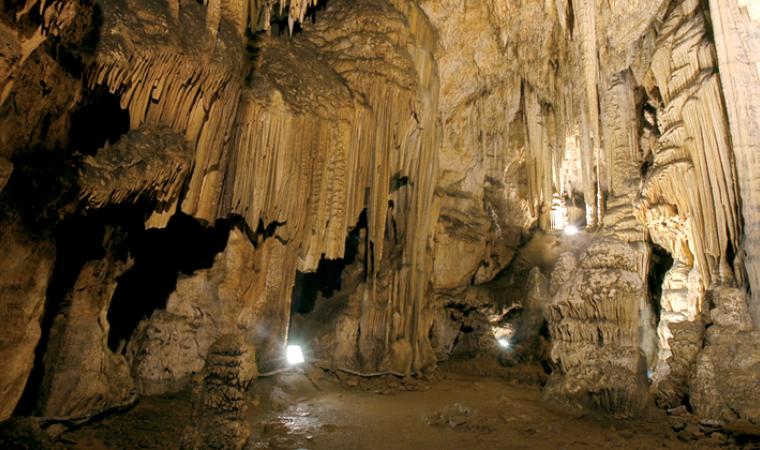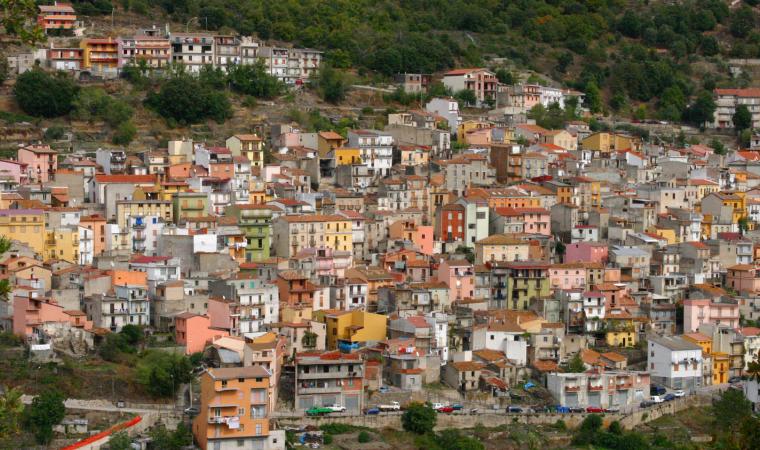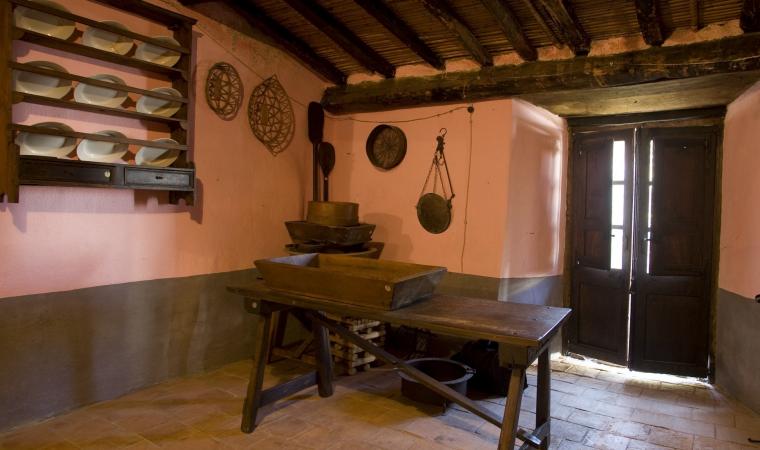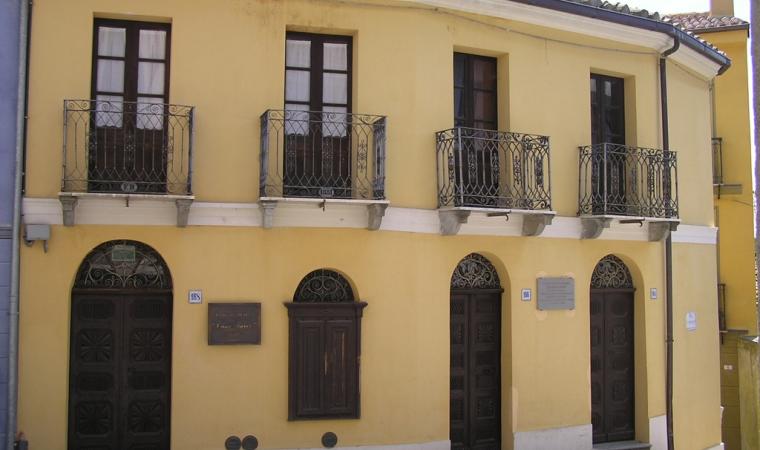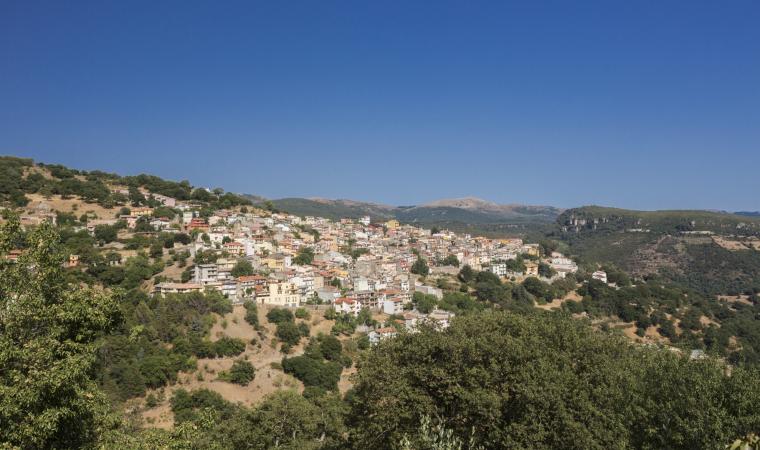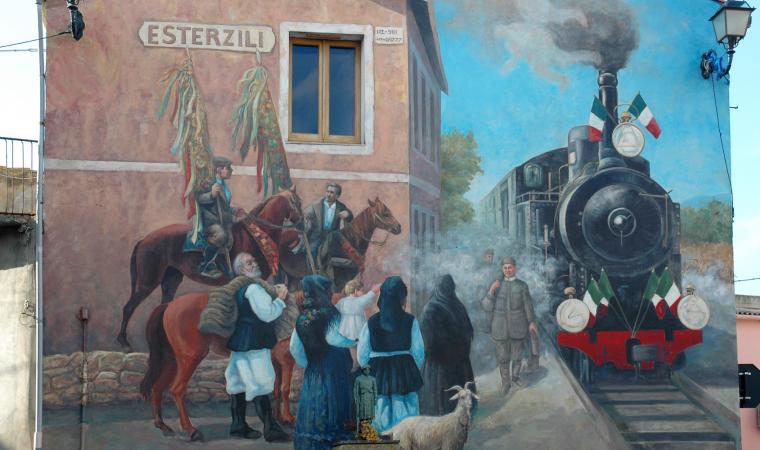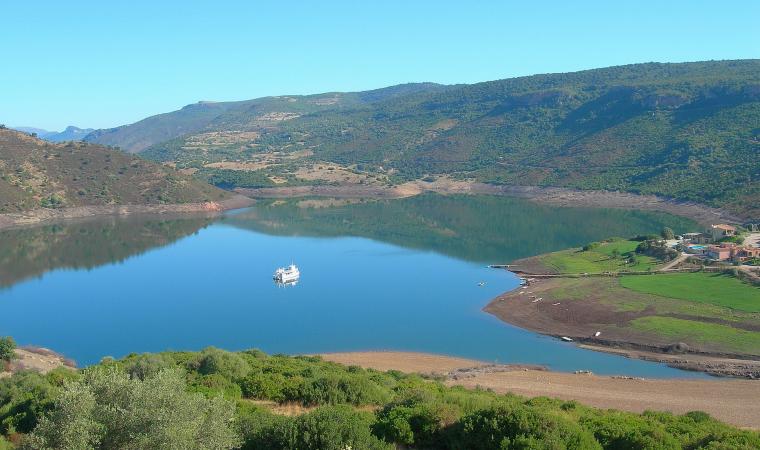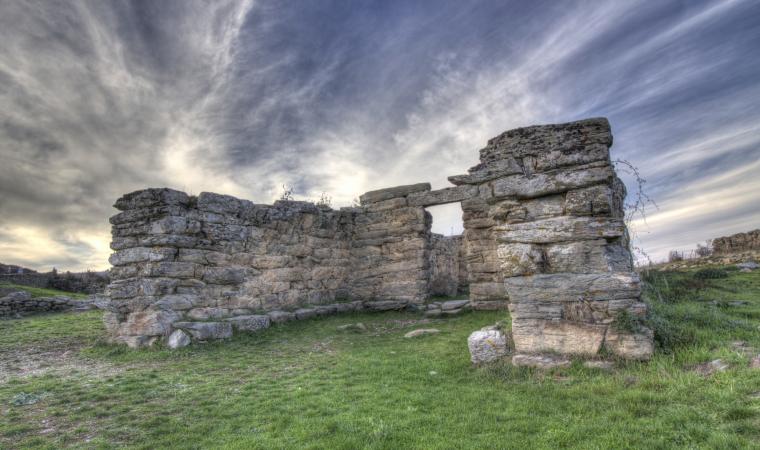It is located at an altitude of over 700 metres on a limestone plateau (Su Taccu) that open the doors to the Barbagia di Seulo subregion and leaves that of Sarcidano behind it. Sadali is a picturesque medieval village with almost one thousand inhabitants. Forests of holm oaks, durmast oaks, cork oaks and Mediterranean scrub surround the residential area. The Flumendosa river makes the landscape even more charming, while the plateau has a rugged appearance, except for splashes of forest that once covered it completely. The varied territory was already inhabited in the Nuragic era: near the village there is the Nuraghe Accodulazzo, where pieces of obsidian and fragments of prehistoric pottery were found, as well as ceramic fragments from the Roman era.
Su Taccu is a groundwater reservoir supplying a myriad of springs, torrents and waterfalls, among which Su Stampu de Su Turrunu, a wonder of nature on the border between Seulo and Sadali. It is the result of a triple karst phenomenon: sinkhole, grotto and resurgence with a waterfall and a little lake. The itinerary taking you to it passes by the nearby Is Janas grottoes that, according to legend, is the dwelling of three fairies. Surrounded by mystery, the caves extend for 300 metres and can be visited: a natural treasure that stands still in time with six rooms consisting of impressive stalagmites and stalactites that join together making columns, ochre-coloured flows and marmoreal drapes.
Sadali is also the only case in Sardinia of rapids within a residential area: the San Valentino waterfall, formed by perennial springs, gets its name from the nearby ancient parish church of San Valentino, around which the village emerged, before 1335. You will be able to admire the force of the water as it runs along a green crag and flows into an underground precipice, Sa Bucca Manna (the great mouth), which has a pathway allowing you to visit it. In feudal times, the force of the water would activate the mills in the village. A few tens of metres from the waterfall, you can admire a 17th century mill, which still has its ancient work instruments. The church, which is the only Sardinian sanctuary named after Valentino, a 3rd century Roman martyr, has late Byzantine origins and, inside it, there is a seventeenth-century wooden altar. The other churches in Sadali are Sant'Antonio, in honour of which fires are ignited in mid-January, Santa Maria (15h-16th century) and Sant'Elena Imperatrice. In the middle of the village there is the nineteenth century home-museum of Sa Omu 'e Zia Cramella. In four rooms you will find artisan and agricultural furniture and tools. The most important event focusing on food is at the beginning of August: the Festival of culurgionis, a 'raviolo' dumpling with a filling of potatoes, mint and Pecorino cheese. The most heartfelt religious festivity is in honour of the Madonna of Itria, with a solemn procession leading to the rural church named after her.


